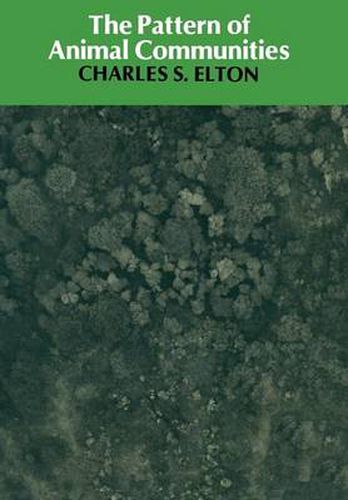Readings Newsletter
Become a Readings Member to make your shopping experience even easier.
Sign in or sign up for free!
You’re not far away from qualifying for FREE standard shipping within Australia
You’ve qualified for FREE standard shipping within Australia
The cart is loading…






This title is printed to order. This book may have been self-published. If so, we cannot guarantee the quality of the content. In the main most books will have gone through the editing process however some may not. We therefore suggest that you be aware of this before ordering this book. If in doubt check either the author or publisher’s details as we are unable to accept any returns unless they are faulty. Please contact us if you have any questions.
THE ECOLOGICAL SURVEY on which this book is based began to be planned in 1942, and since 1945 has been mainly centred upon Oxford University’s estate at Wytham Woods, where a rich series of habitats from open ground and limestone to woodland with many springs and marshes interspersed occupies a hill set in riverine surroundings. Here biological research workers from the University have accumulated a considerable body of knowledge, some of which I have arranged in a general setting that allows one to comprehend some of the inter-related parts of the whole system. It is also intended to provide a framework for understanding animal communities elsewhere. The ecological inquirer is, more than most scien tific people, apt to fmd himself lost in a large labyrinth of interrelations and variables. The dictionary defmes a labyrinth as ‘an intricate structure of inter communicating passages, through which it is difficult to fmd one’s way without a clue’. This could equally be a figurative description of plant and animal communi ties. The present book seeks to provide a plan of construction of the labyrinth and a few new clues that may help the inquirer to know where he is on the gene ral ecological map. In presenting this blue-print of animal communities I have avoided giving long lists of species such as the botanist, with his smaller kingdom, can handle fairly well.
$9.00 standard shipping within Australia
FREE standard shipping within Australia for orders over $100.00
Express & International shipping calculated at checkout
This title is printed to order. This book may have been self-published. If so, we cannot guarantee the quality of the content. In the main most books will have gone through the editing process however some may not. We therefore suggest that you be aware of this before ordering this book. If in doubt check either the author or publisher’s details as we are unable to accept any returns unless they are faulty. Please contact us if you have any questions.
THE ECOLOGICAL SURVEY on which this book is based began to be planned in 1942, and since 1945 has been mainly centred upon Oxford University’s estate at Wytham Woods, where a rich series of habitats from open ground and limestone to woodland with many springs and marshes interspersed occupies a hill set in riverine surroundings. Here biological research workers from the University have accumulated a considerable body of knowledge, some of which I have arranged in a general setting that allows one to comprehend some of the inter-related parts of the whole system. It is also intended to provide a framework for understanding animal communities elsewhere. The ecological inquirer is, more than most scien tific people, apt to fmd himself lost in a large labyrinth of interrelations and variables. The dictionary defmes a labyrinth as ‘an intricate structure of inter communicating passages, through which it is difficult to fmd one’s way without a clue’. This could equally be a figurative description of plant and animal communi ties. The present book seeks to provide a plan of construction of the labyrinth and a few new clues that may help the inquirer to know where he is on the gene ral ecological map. In presenting this blue-print of animal communities I have avoided giving long lists of species such as the botanist, with his smaller kingdom, can handle fairly well.